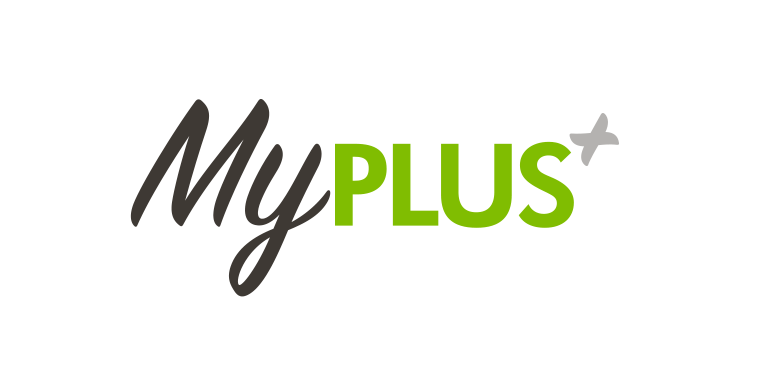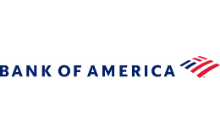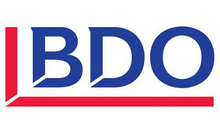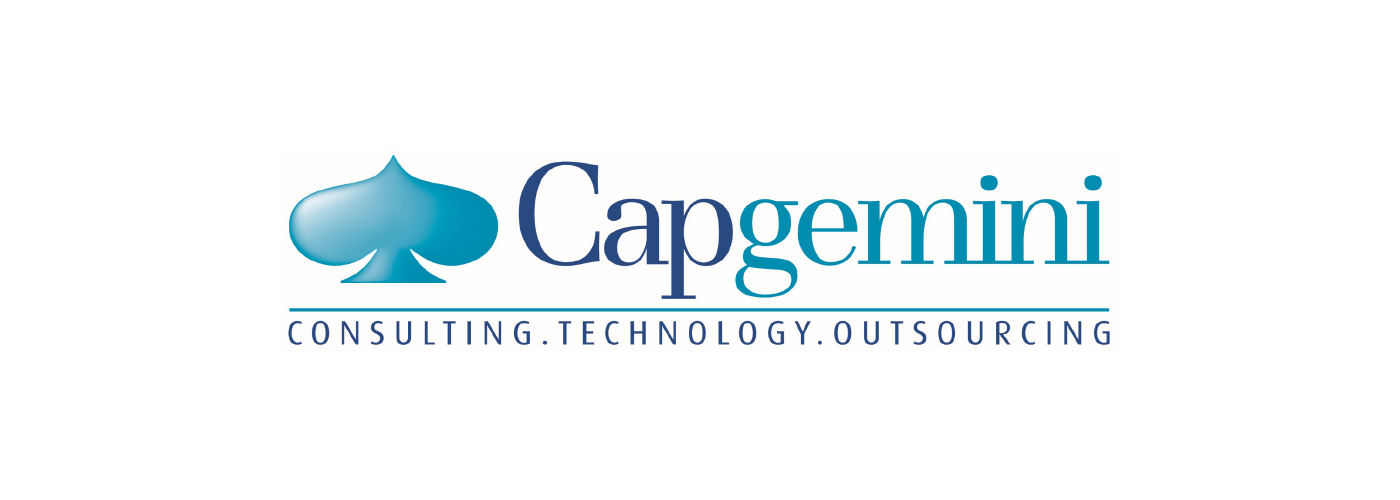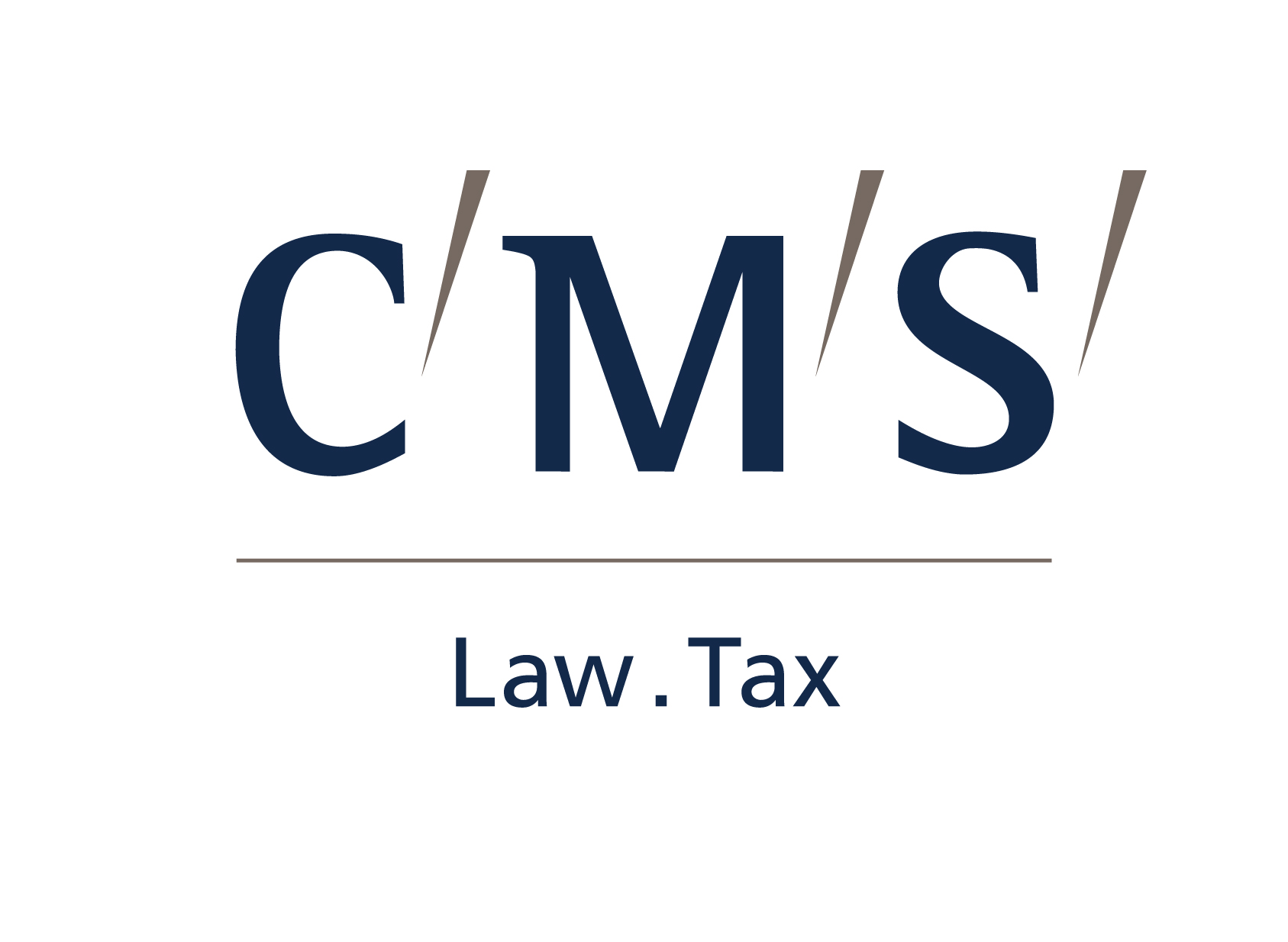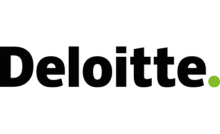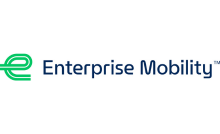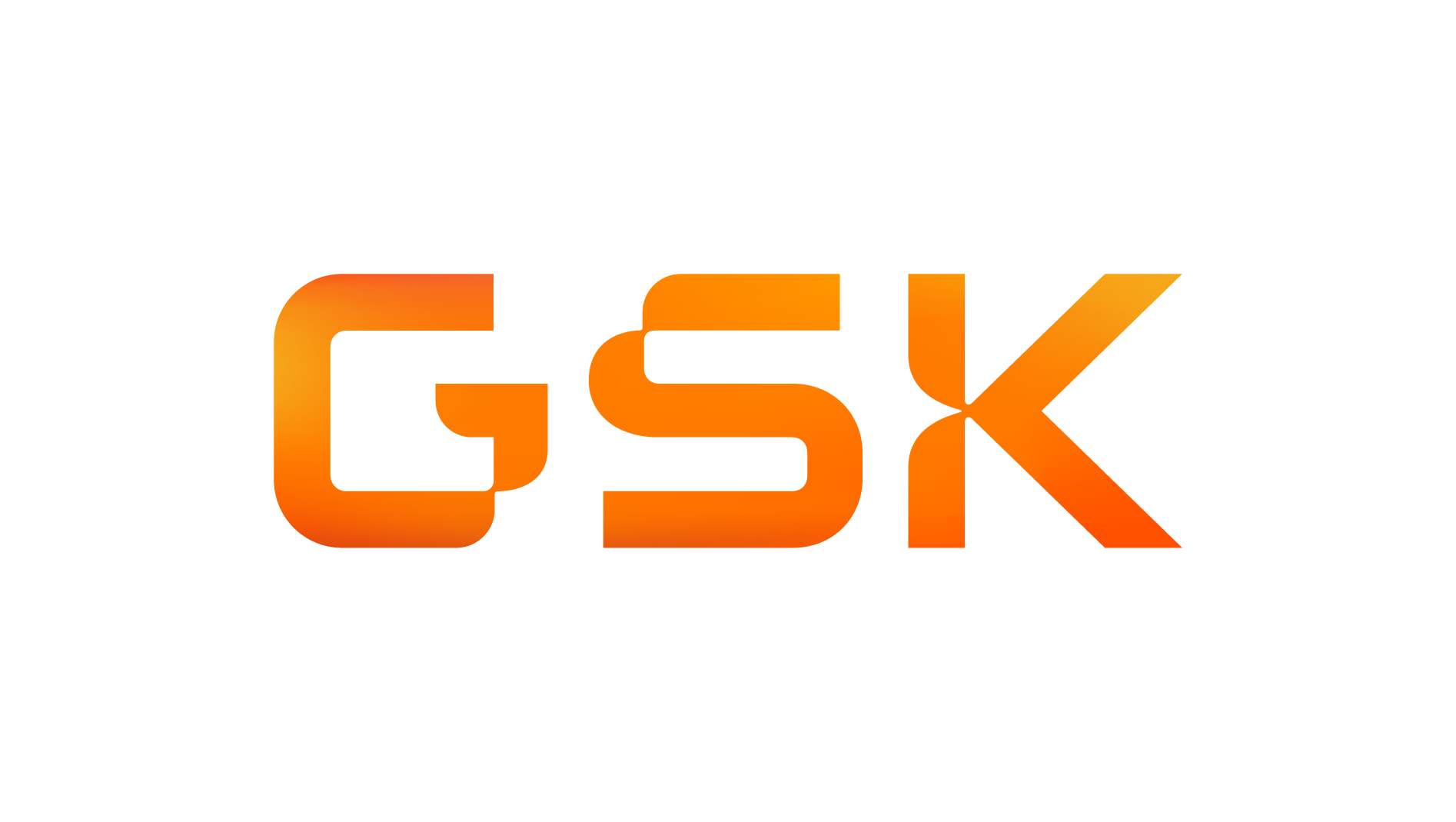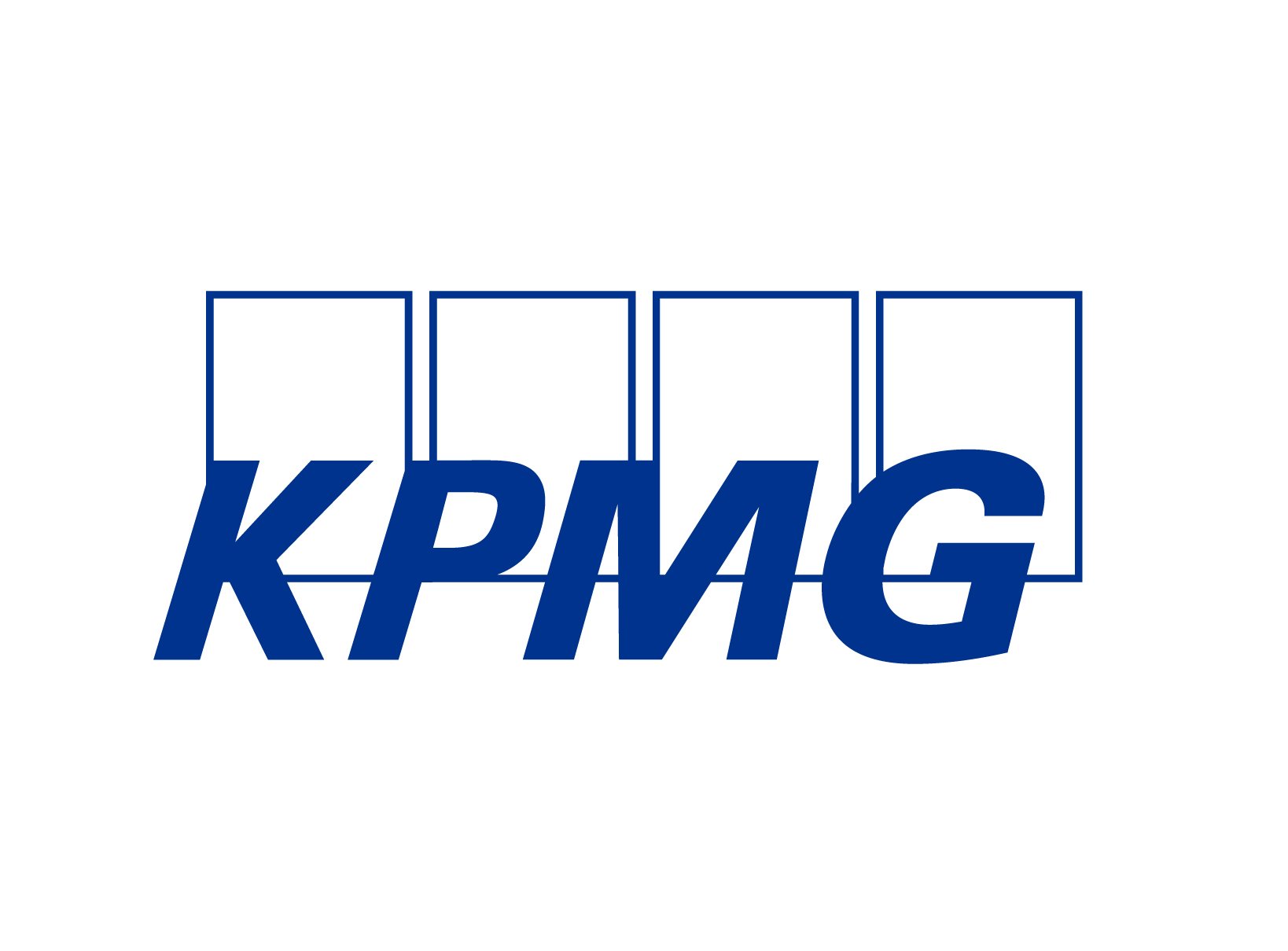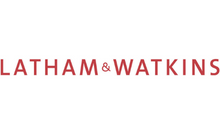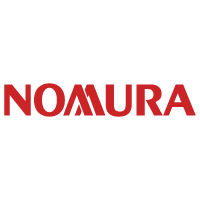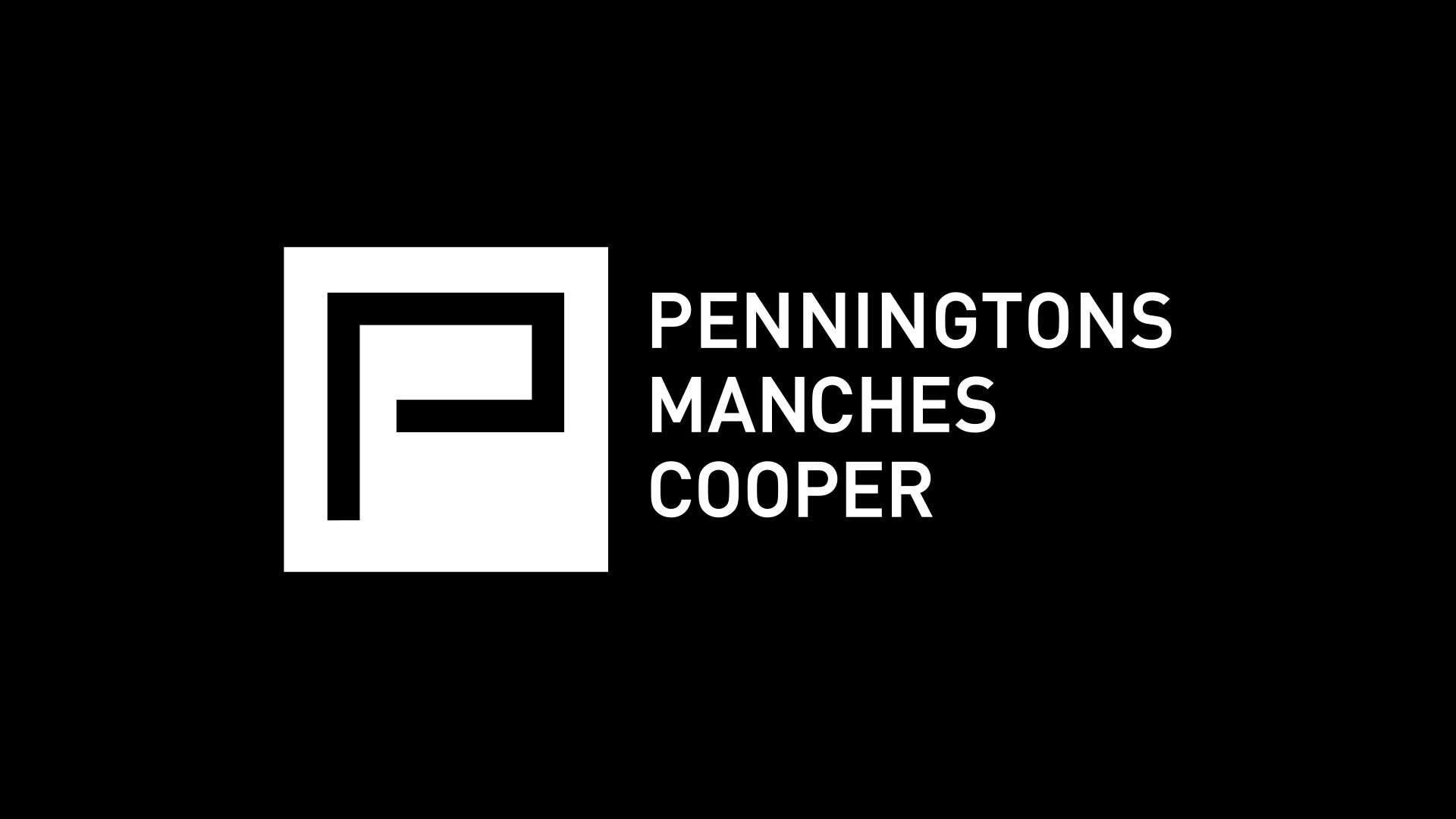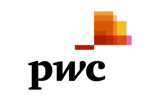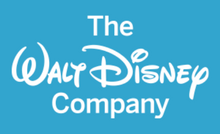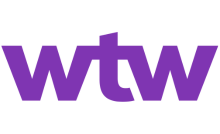Author - Helen Cooke, CEO , MyPlus
Now more than ever we are working in turbulent and disruptive times and to not just survive, but to thrive and to grow, will require diverse and inclusive workplaces where different perspectives are valued and recognised as key to stimulating innovation, creativity and resilience.
While diversity and inclusion has become acclaimed as imperative for success, achieving real and sustainable diversity and inclusion remains one of the greatest challenges facing leadership teams; and this is particularly true of disability inclusion as this strand continues to elude many businesses.
The reasons for this are many and varied including that many businesses originally focused almost exclusively on women particularly as the lack of women on boards was spotlighted and gender pay gap reporting introduced. However, organisations have also focused on their LGBT+ employees, ethnic diversity and, more recently, ensuring those from lower socio-economic groups are given fair access to employment opportunities.
This only becomes an issue when it is at the expense of disability particularly when you consider the facts: 80 percent of people who experience a disability acquire it between the ages of 18 and 64, i.e. while they are working, and that over 14% of students in UK Universities have a disability; that is equivalent to 1 in 7 of the talent pool. It is easy to see that, if you aren’t inclusive of those with a disability, you are missing out a huge talent pool than could potentially make a positive difference to your organisation. And as Caroline Casey, Founder & Creator of The Valuable 500 (opens in new window) states: if disability is not on your board, neither is diversity.
So why does disability remain the poor relation; why has it been put into the ‘too hard’ box by leadership teams? Two key reasons are firstly fear and secondly a lack of knowledge.
Let’s start with fear. For many, disability is a subject that we are uncomfortable with; we don’t know what to say or how to act and in trying to do the right thing we become paralysed by the fear of seemingly getting it wrong. And when leadership teams aren’t promoting disability confidence and providing direction it is difficult, if not impossible, for disability confidence to become embedded throughout the organisation.
And this is coupled with, indeed driven by, a lack of knowledge about the subject; from the breadth of conditions covered by the term ‘disability’ and the prevalence in society, including the workplace; to the business benefits that can be gained as a disability confident organisation. Benefits including a deeper talent pool to leverage; empowering all employees to flourish and contribute; enabling inclusive design; being reflective of society; and representing your clients and customers.
This lack of knowledge not only fuels the stigmas that exist around disability and the negative perceptions and judgements that are made about a person’s ability, but also creates a barrier to real innovation and creativity.
However, it is not difficult to see that these barriers are easily overcome with education, understanding and insights. As well as building awareness of the subject of disability per se, it is about understanding the benefits a disability confident organisation can deliver. Once you understand this, you can then set out your business case articulating the importance of disability to your organisation and why it is a business priority. It is also important to ensure that the organisation as a whole doesn’t just have visibility of the business case, but also understand the responsibilities they each have to play in ensuring it really is a business priority and that objectives are met.
Building a disability confident organisation will take time, consideration and resources however the benefits will quickly become apparent as all individuals are able to work to their full potential enabling the organisation to navigate the difficult times and ensure resilience and growth for the future.
